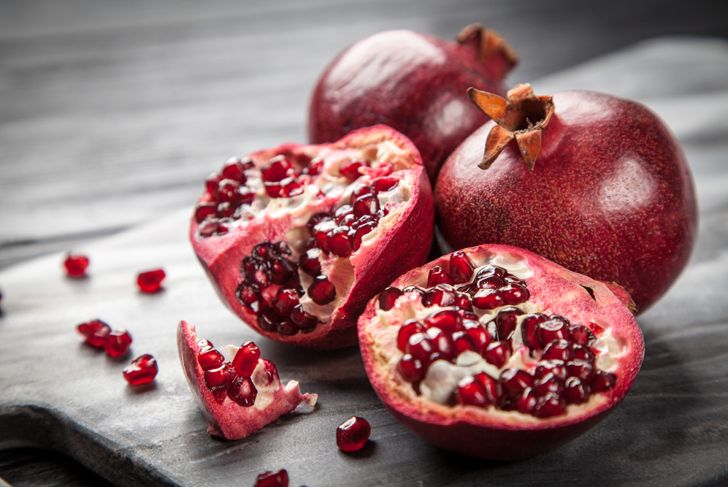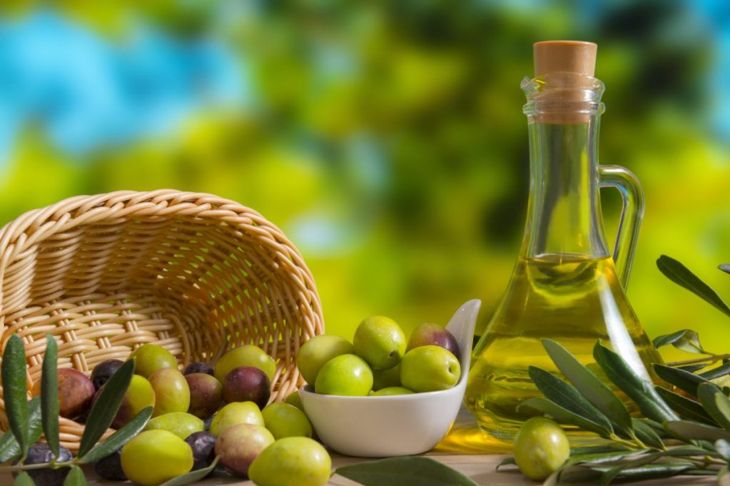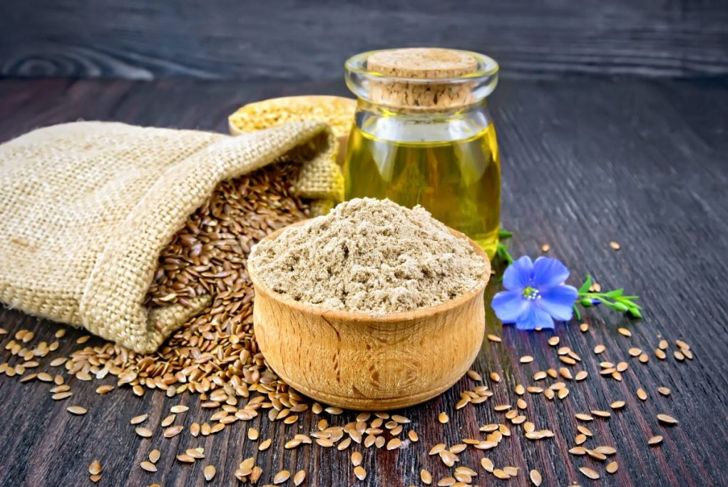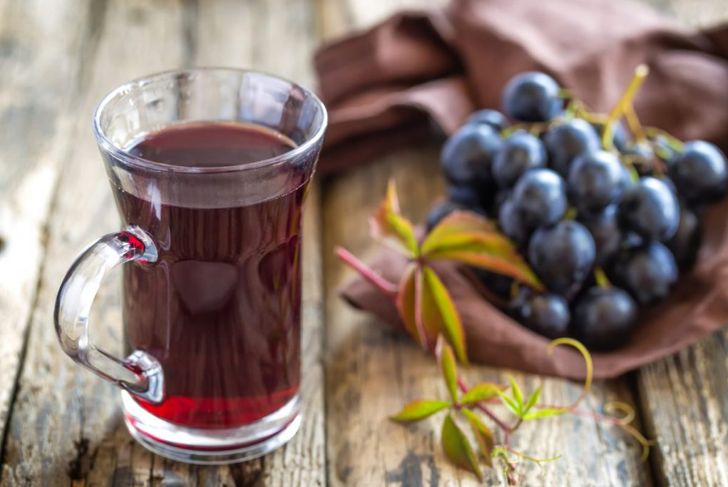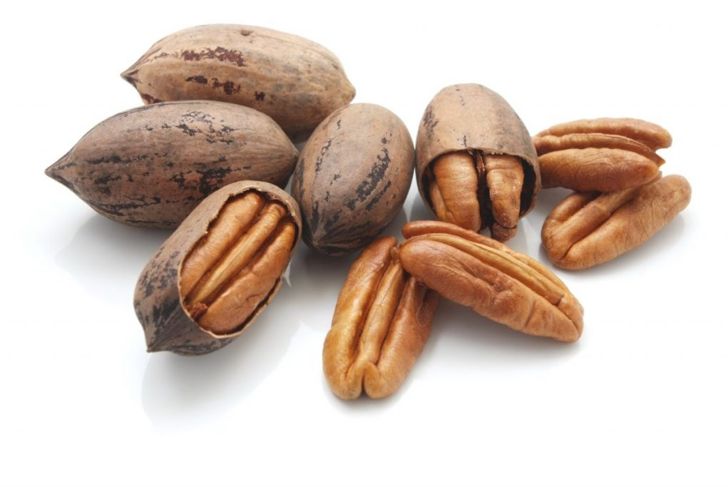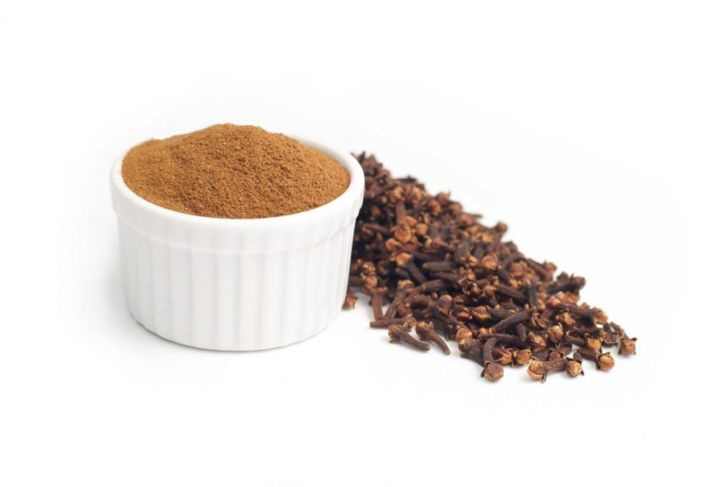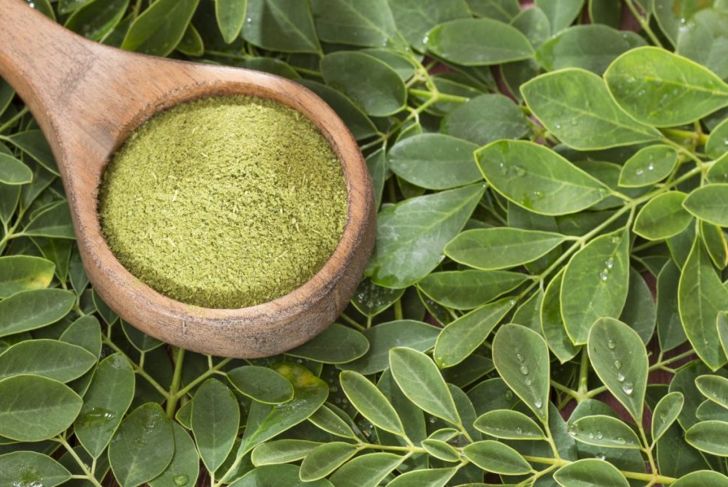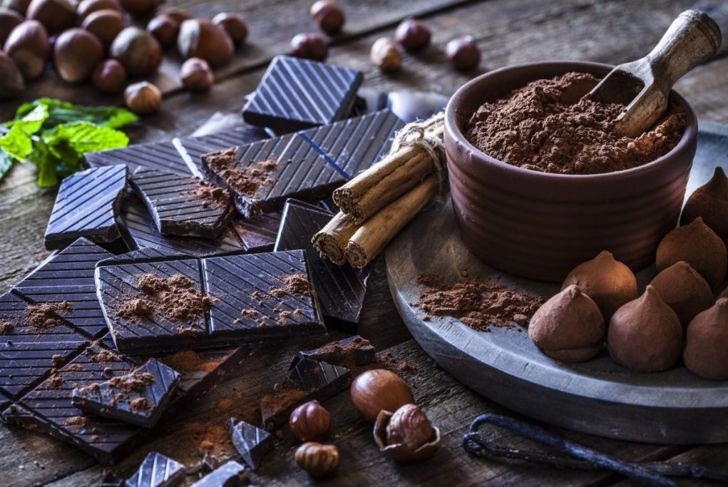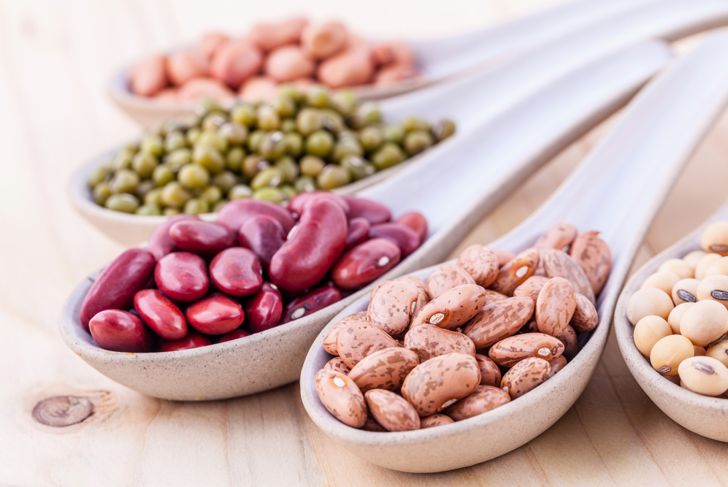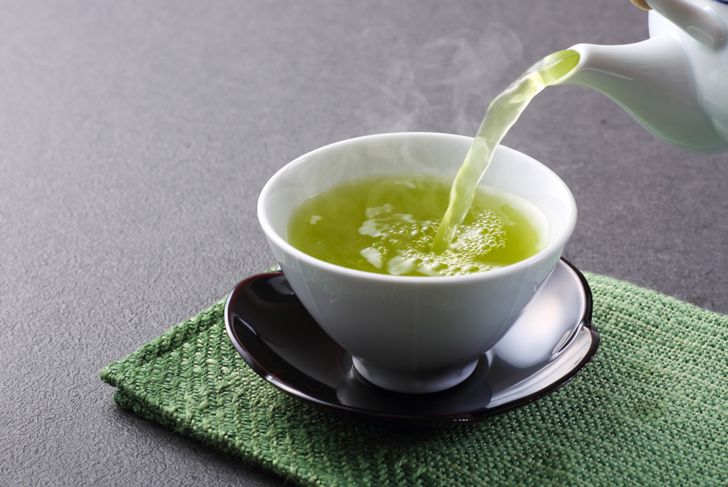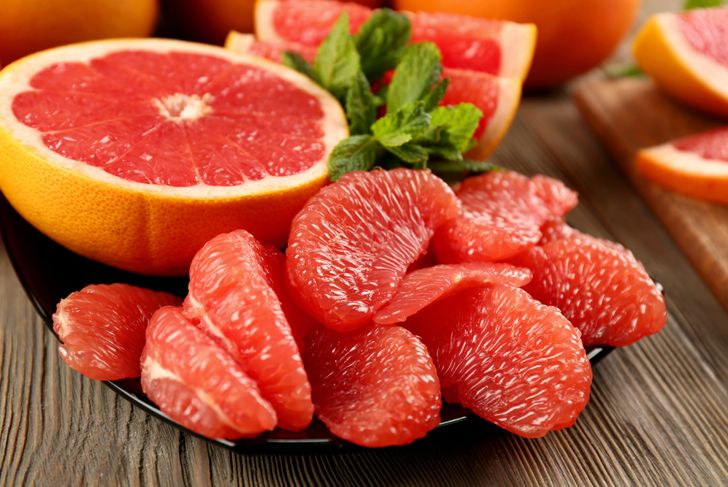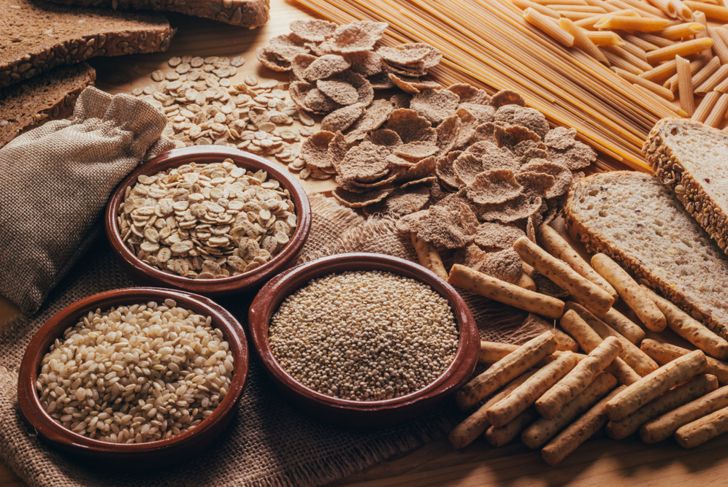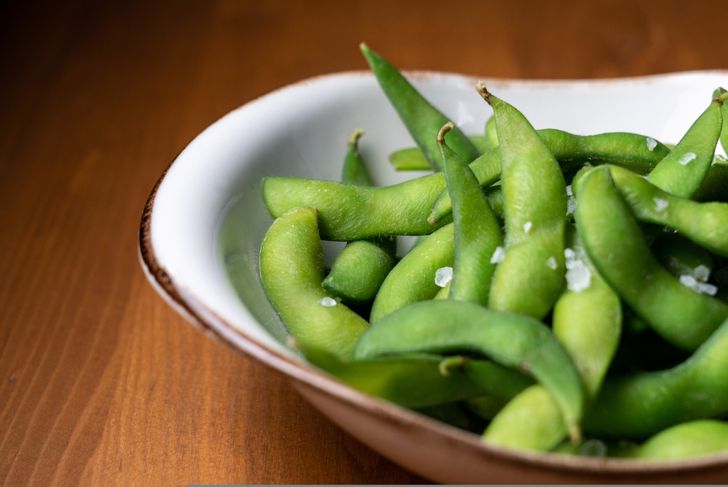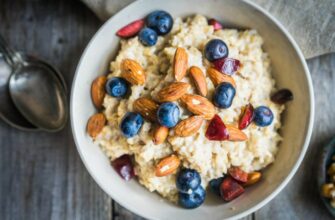Polyphenols are powerful, biologically active agents and a flourishing topic of research. These phytochemicals derive from plant sources and include hundreds of compounds such as phenolic acids, flavonoids, lignans, and stilbenes. Studies highlight the micronutrients’ ability to alleviate and prevent oxidative stress, a culprit behind many chronic diseases. Although the FDA has not designated a recommended daily value for polyphenol consumption, experts agree that the compounds, which are more concentrated in some foods than others, offer immense health protection.
Pomegranates
Pomegranates derive their bright crimson color from polyphenols. The juice of this fruit is packed with this beneficial antioxidant. Many studies, including one published in Molecules in 2017, have linked this food’s high level of polyphenols such as anthocyanins, tannins, urolithins to protective effects. These polyphenol compounds can guard against parasites, diabetes, ulcers, gastrointestinal disorders, and even cancer. One hundred mL of pure pomegranate juice contains 66 mg of polyphenols.
Extra Virgin Olive Oil
Extra virgin olive oil is a key ingredient in the Mediterranean diet and other eating regimens that emphasize minimally processed plant-based foods. The olive tree manufactures antioxidant compounds such as lignans, flavanols, and glycosides. Research shows these compounds regulate blood sugar, combat arterial plaque, and viruses, and protect the liver. Extra virgin olive oil contains 62 mg polyphenols per 100 mL.
Flaxseed
Flaxseed is the richest known source of plant lignans, containing 75 to 800 times the levels of other sources such as rye bran and sesame. Lignans help lower the risk of cardiovascular illness and protect against diabetes. According to a 2014 review in the Journal of Oleo Science, the antioxidant properties of polyphenols in flaxseed may trap or block carcinogenic agents. There are 1,528 mg polyphenols in 100 grams of ground flaxseed.
Grapes
Grapes, grape juice, and wine generally have high concentrations of polyphenols, including anthocyanins, stilbenes, and flavanols. The compounds are more prolific in grapes with darker skins. Numerous scientific studies show polyphenols in grapes, grape juice, and wine help increase antioxidant defenses, inhibit inflammatory processes, and regulate blood pressure. Polyphenol content varies widely among types of grapes and their derivatives.
Pecans
Pecans have the highest level of flavonoids among tree nuts. The results of a 2018 study in Nutrients suggest that these biochemicals in tree nuts may help improve insulin sensitivity and reduce the risk of developing cardiovascular disease. The study hypothesizes that tannins, ellagic acid, and urolithins in pecans may mitigate gene expressions related to inflammation that lead to chronic metabolic disease. These nuts contain 493 mg polyphenols per 100 g.
Oregano
The various herb species known as oregano have been a popular folk medicine to alleviate digestive and respiratory illnesses, rheumatism, diabetes, and other ailments. Phenolic acids and flavonoids are the primary polypenol compounds in oregano. Growing research showcases how these and other oregano polyphenols fight inflammation and cancer and offer neuroprotective benefits. Mexican oregano has 2,319 mg polyphenols per 100 g.
Cloves
Cloves are the dietary source with the largest quantity of polyphenols. Eugenol is the primary phytochemical in clove, and gallic acid is also present in high levels. These and other clove compounds exhibit antioxidant, antibacterial, and antifungal properties. Eugenol helps inhibit the growth of more than 30 strains of Helicobacter pylori, even showing more potency than an antibiotic commonly used to treat the bacterial infection. Cloves carry 15,188 mg polyphenols in 100 g.
Moringa
The dried leaves of the Moringa oleifera plant provide a generous supply of phenolic acids and flavonoids. One of the main flavonoids, quercetin, is a potent antioxidant with antidiabetic and hypotensive properties. A review published in Antioxidants reports that gallic acid and other phenolic acids in moringa also help protect against mutagens, cancers, and atherosclerosis. One hundred grams of dried moringa leaves contain 4,581 mg polyphenols.
Black Chokeberry
Black chokeberries are among the richest sources of polyphenolic compounds. According to a 2018 article in Nutrients, several chokeberry polyphenols can help with weight loss as well as chronic degenerative diseases. Proanthocyanidins are the primary antioxidants and strongest antimicrobial agents in the berry. Black chokeberries have 1,756 mg polyphenols in a 100-gram serving, more than blueberries (560 mg), blackberries (260 mg), or strawberries (235 mg).
Cocoa Powder and Dark Chocolate
Many nutrition experts hail cocoa and dark chocolate as a health-boosting delight, not a guilty pleasure. Cocoa powder contains anthocyanins, proanthocyanidins, and catechins that promote the release of nitric oxide, which strengthens the cardiovascular system. Studies show that these bioactive compounds also help fight inflammation. Dark chocolate also has a type of fiber that helps enhance the gut microbiome. One hundred grams of cocoa powder contains 3,448 mg polyphenols, and dark chocolate has 1,664 mg.
Beans
Beans are a staple food all over the world. The 15 common varieties consumed in the United States, are a rich source of phenolic acids and compounds, especially flavonoids. Most polyphenols are contained in the seed coating. Richly pigmented cultivars, such as blue-violet, red, and black beans, have high concentrations of phenolic acids, while speckled beans often contain more phenolic compounds. Consumers can benefit from a wide range of polyphenols by combining bean types and colors for meals and recipes.
Black and Green Tea
Polyphenols in black and green teas have been researched extensively because of their anti-inflammatory effects and protective properties against arthritis and cardiovascular illnesses. Brewed tea is a common beverage worldwide, but tea infusions are prepared in many different ways. It is hard to compare teas with so many variables, but researchers have found that longer steeping times increase the quantity of polyphenols in black and green tea.
Lemons and Grapefruit
Citrus fruits are known for their high vitamin content. Lemons and grapefruit contain at least 14 phenolic compounds. Polyphenol concentration varies between cultivars, or different types of lemons and grapefruit, and different parts of individual fruits. Fruit peels have the highest content, followed by seeds and pulp, while juice contains the lowest concentrations. Use fruit peels in teas, soups, and other dishes to take full advantage of nutrient-dense lemons and grapefruits.
Whole Wheat and Rye
Cereal grains are one of the largest food sources worldwide, and wheat and rye are common whole grains. Phenolic compounds and acids are concentrated in the bran, the grain’s outer skin. Food processing significantly reduces polyphenol content. For example, white bread has a phenolic acid concentration of 14 μg/g, while wholemeal breads have concentrations of up to 1400 μg/g. Choose wholegrain products for maximum polyphenol content.
Soybeans and Products
Soybeans grow all over the world and are a rich source of plant protein and nutrients. Soy is used in sauces and processed foods and vegetarian dishes, such as tofu and tempeh. Soybeans contain high concentrations of polyphenols, especially isoflavonoids, although predominant compounds vary among cultivars. As with other agricultural products, location and soil quality influence nutrient density. Consumers can’t know the exact polyphenol concentrations of soy products, but incorporating soybeans into healthy dishes on a regular basis should provide plenty.

 Home
Home Health
Health Diet & Nutrition
Diet & Nutrition Living Well
Living Well More
More